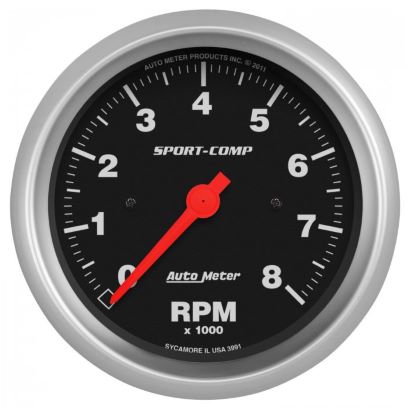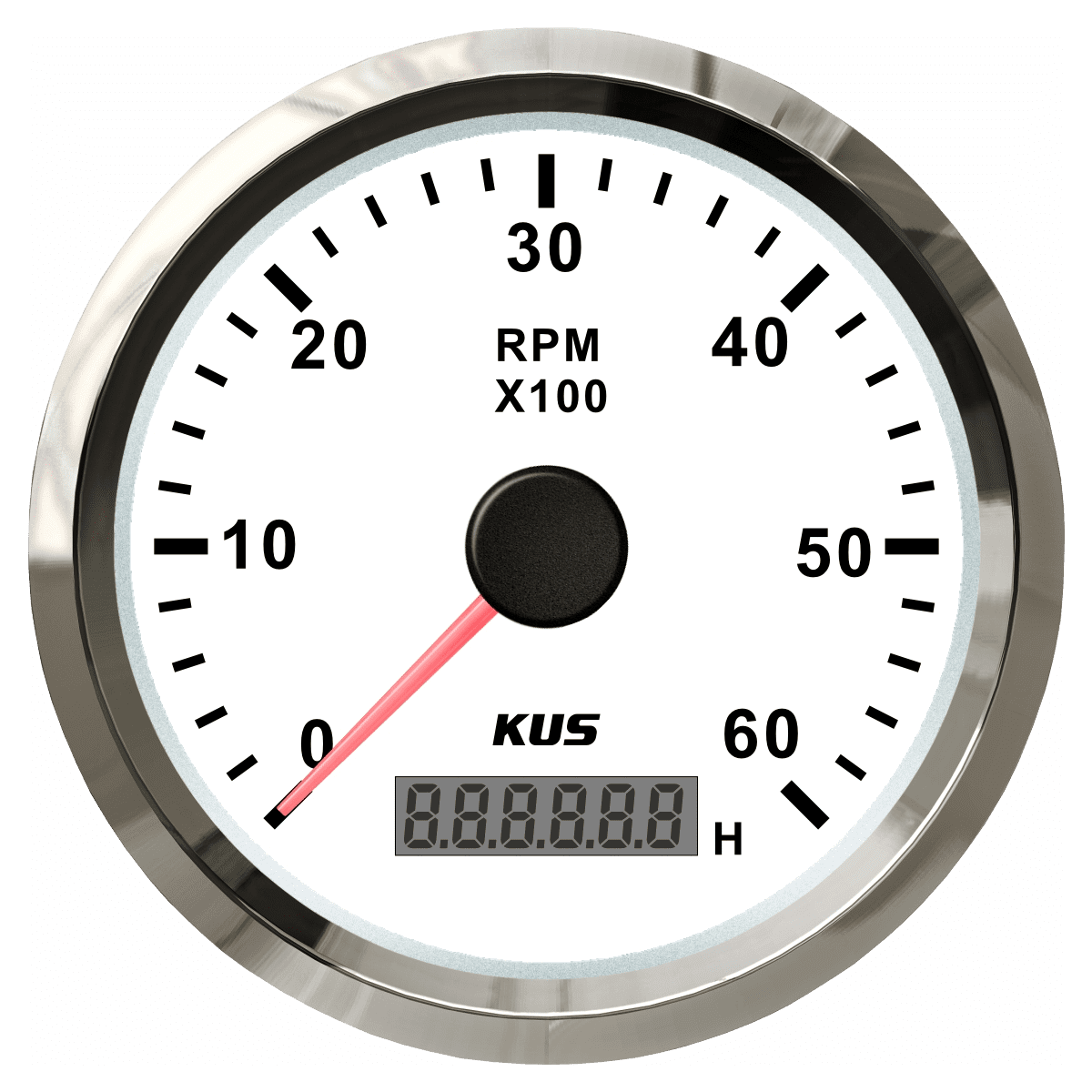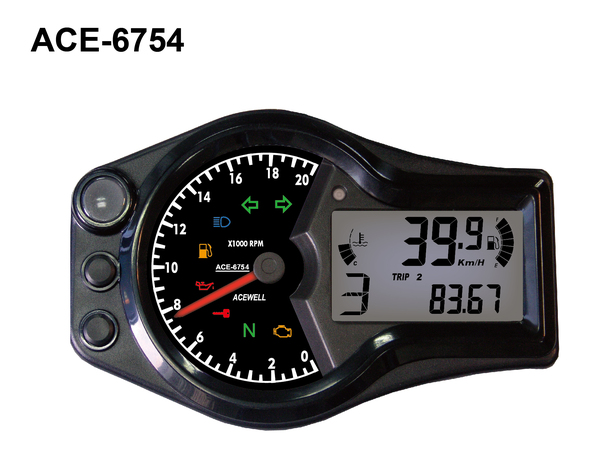Tachometer Essential: Everything You Need to Know for Accurate Readings
The Value of a Tachometer in Monitoring Engine Speed and Performance in Automotive Applications
In the world of vehicle design, the tachometer stands as a pivotal instrument in the chauffeur's toolbox, offering a direct home window into the inner functions of a lorry's engine. Past its feature as a plain gauge of changes per min (RPM), the tachometer offers as a vital tool for enthusiasts and specialists alike, offering real-time understandings into engine efficiency and health. Understanding the importance of this device goes beyond surface-level monitorings, delving right into the elaborate partnership in between engine rate, power outcome, and overall driving experience. As we discover the diverse role of the tachometer in automobile applications, a deeper appreciation for its effect on lorry characteristics and effectiveness begins to emerge.
Importance of Checking Engine RPM
Keeping track of engine RPM, or changes per min, is a vital aspect of automobile upkeep and efficiency assessment. Engine RPM directly associates with the rate at which the engine's crankshaft turns, suggesting exactly how rapidly the engine is running - tachometer. By keeping an eye on RPM, technicians can evaluate the wellness of the engine, discover potential problems, and fine-tune performance. An uncommon RPM analysis might indicate problems such as engine misfires, defective ignition system, or issues with the fuel distribution system. Consistently high RPM readings could indicate aggressive driving behaviors or the need for a higher equipment change to boost gas efficiency.
Additionally, checking engine RPM is essential for performance assessment in racing and high-performance vehicles. Keeping ideal RPM degrees is critical for accomplishing peak power output and velocity. Racers typically use tachometers to guarantee they are running within the suitable RPM range for optimum performance. In recap, keeping an eye on engine RPM is not just important for spotting problems yet also for optimizing engine efficiency in different automotive applications.

Advantages of Real-Time Data
In automotive applications, real-time data plays an essential function in giving instantaneous insights right into the performance and condition of the lorry. By continually monitoring numerous criteria such as engine speed, temperature, gas usage, and more, real-time data supplies numerous benefits that contribute to improved efficiency and safety when traveling.
In addition, real-time data assists in efficiency optimization by providing prompt comments on driving behaviors and engine performance. Vehicle drivers can adjust their habits in real-time based on this information to achieve far better fuel economic climate and lengthen the life expectancy of their vehicle.

Moreover, real-time data plays a vital role in contemporary auto diagnostics, allowing professionals to rapidly diagnose and attend to breakdowns. This leads to decreased downtime, lower maintenance costs, and ultimately, improved general lorry dependability and longevity (tachometer). By utilizing the power of real-time information, auto stakeholders can make educated choices that positively influence both the performance and long life of the automobile
Effect On Equipment Shifts
The tachometer plays a vital role in optimizing gear changes by giving real-time engine speed information to the driver. When coming close to the redline click here to read on the tachometer, it signals the motorist to upshift to protect against why not try here over-revving the engine and triggering prospective damage.
Additionally, the tachometer aids in attaining smoother equipment changes, particularly in hands-on transmissions. By keeping an eye on engine speed, chauffeurs can execute equipment changes at the optimal RPM variety, lowering snagging motions and minimizing endure the transmission components. This precision in gear adjustments not only boosts driving comfort however likewise adds to fuel performance.
Enhancing Gas Effectiveness
Given the vital role the tachometer plays in enhancing equipment shifts for efficiency and engine health and wellness, it straight adds to making the most of gas effectiveness in automobile applications. By offering real-time comments on engine rate, the tachometer helps vehicle drivers in preserving one of the most reliable RPM array for fuel economy. When chauffeurs consistently keep track of the tachometer and adjust their motoring habits appropriately, they can avoid unneeded gas usage brought on by over-revving or carrying the engine.
Furthermore, the tachometer assists chauffeurs determine the most fuel-efficient equipment to be in at any kind of provided moment, stopping the engine from working more challenging than required. This is specifically crucial throughout velocity and travelling, where being in the ideal gear can dramatically influence gas performance. Furthermore, the tachometer can inform drivers to potential mechanical issues that could be adversely impacting gas economic situation, such as a slipping clutch or a clogged up air filter. Finally, the tachometer acts as a useful Extra resources tool in enhancing gas effectiveness by promoting ideal driving behaviors and recognizing locations for enhancement in the car's efficiency.

Making Best Use Of Engine Long Life
The tachometer's duty in checking engine rate and performance is important in making sure the long life of automobile engines. Keeping an eye on the tachometer permits motorists to stay within the suggested RPM range for their lorry, avoiding unneeded stress on the engine and prolonging its life-span.

Final Thought
Finally, the tachometer plays a critical function in monitoring engine rate and performance in vehicle applications. By providing real-time data on RPM, it permits efficient gear changes, improved fuel effectiveness, and made the most of engine long life. This device is essential for keeping optimal engine efficiency and ensuring the overall capability of a vehicle.